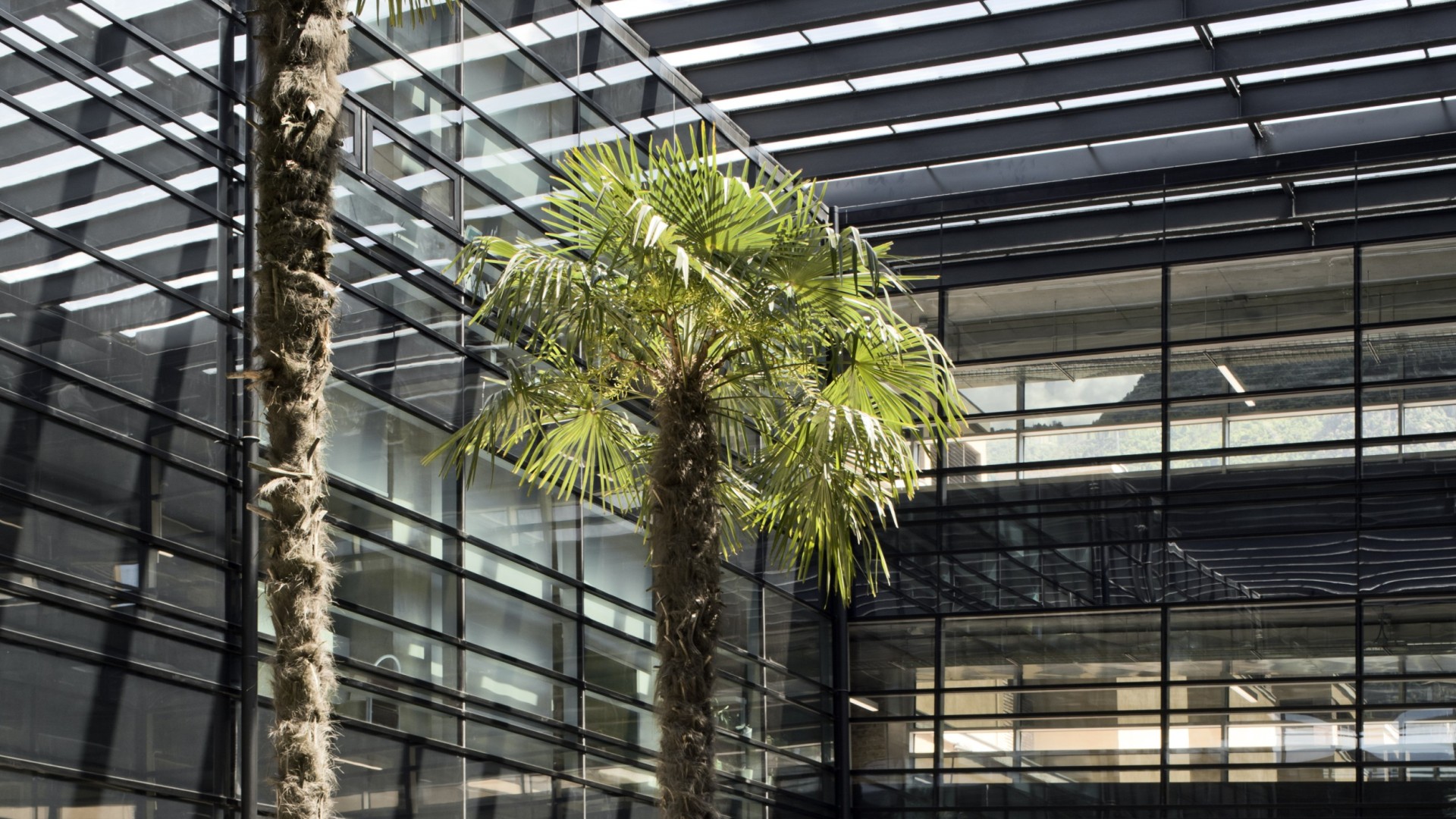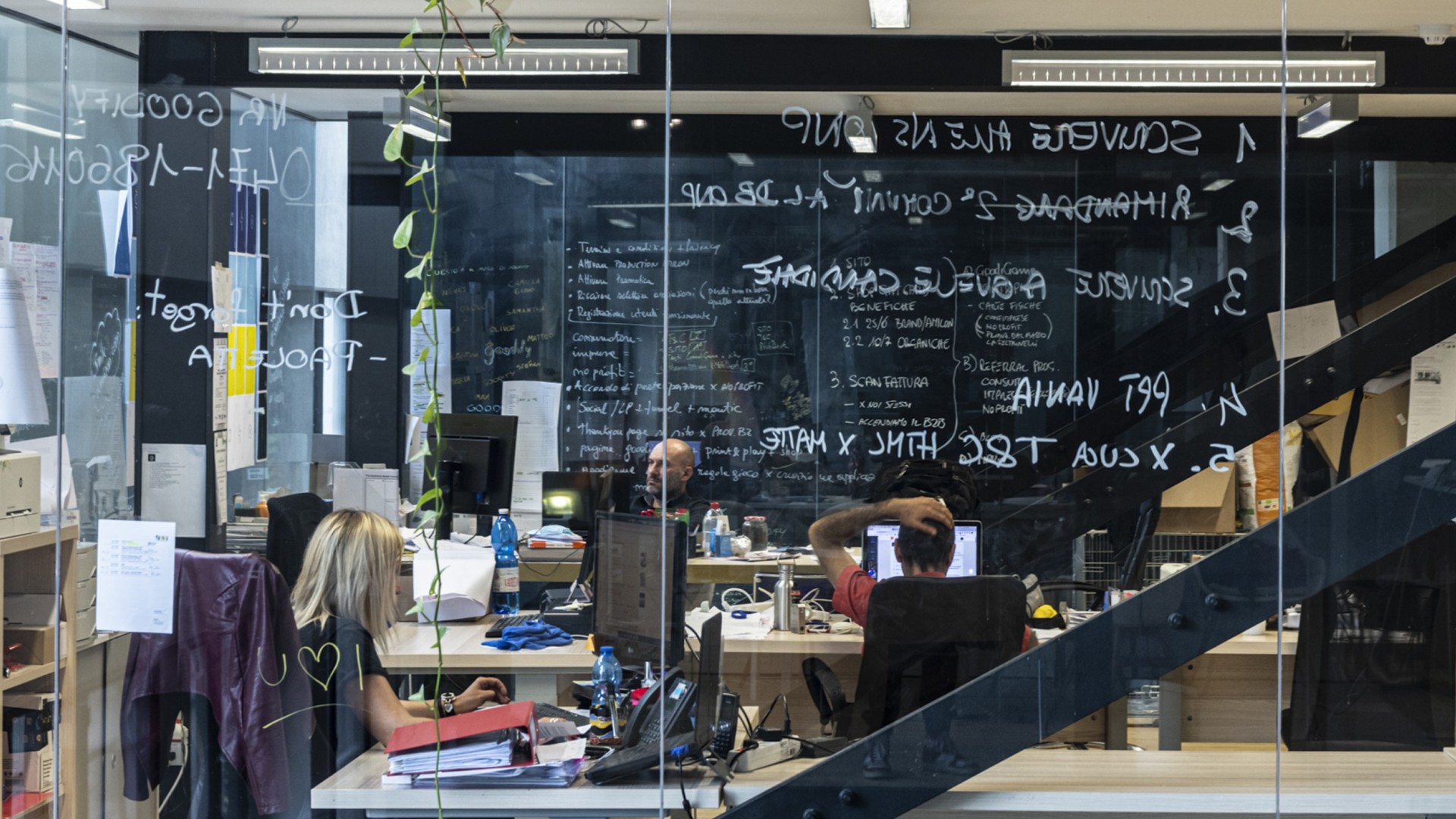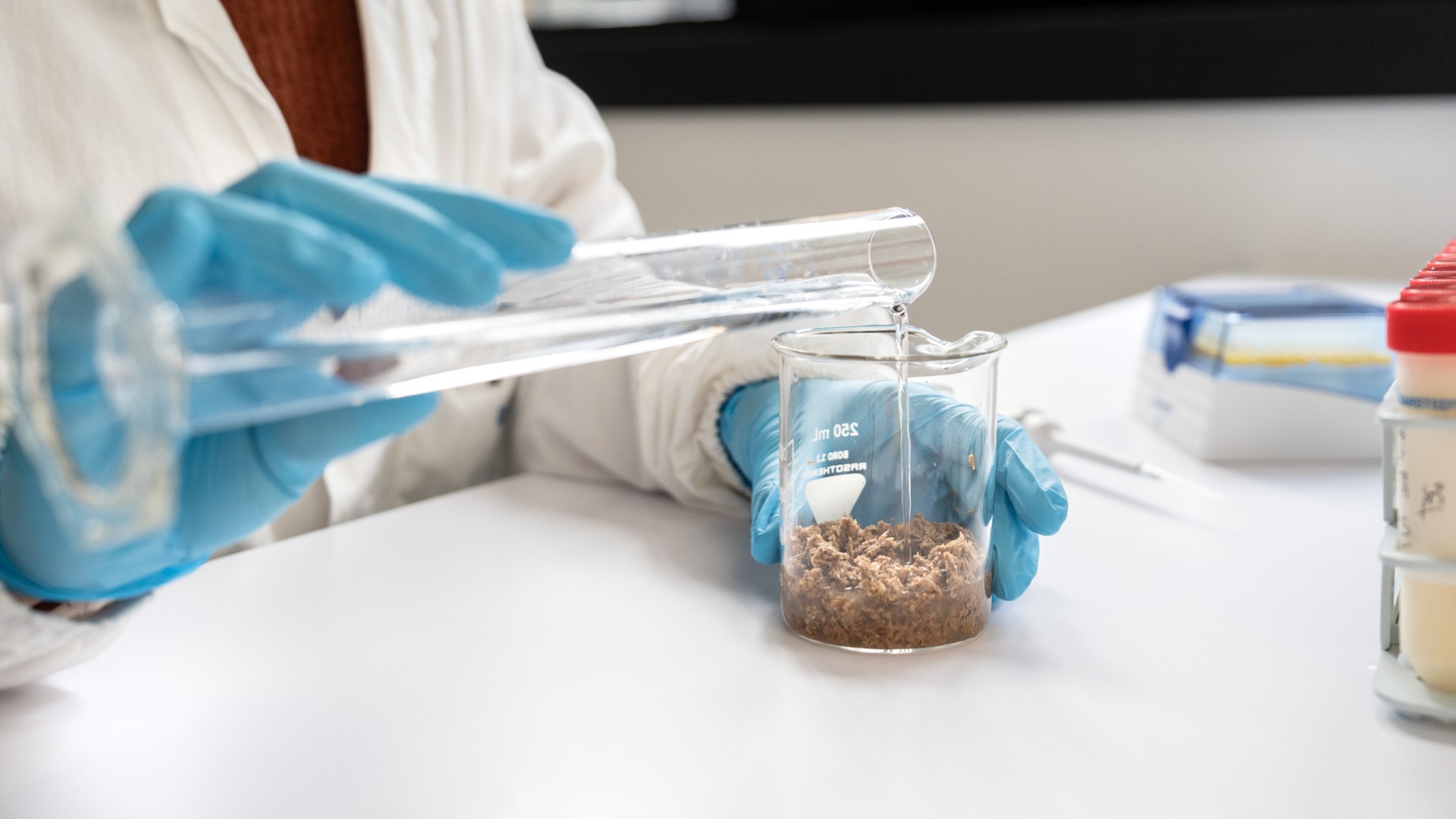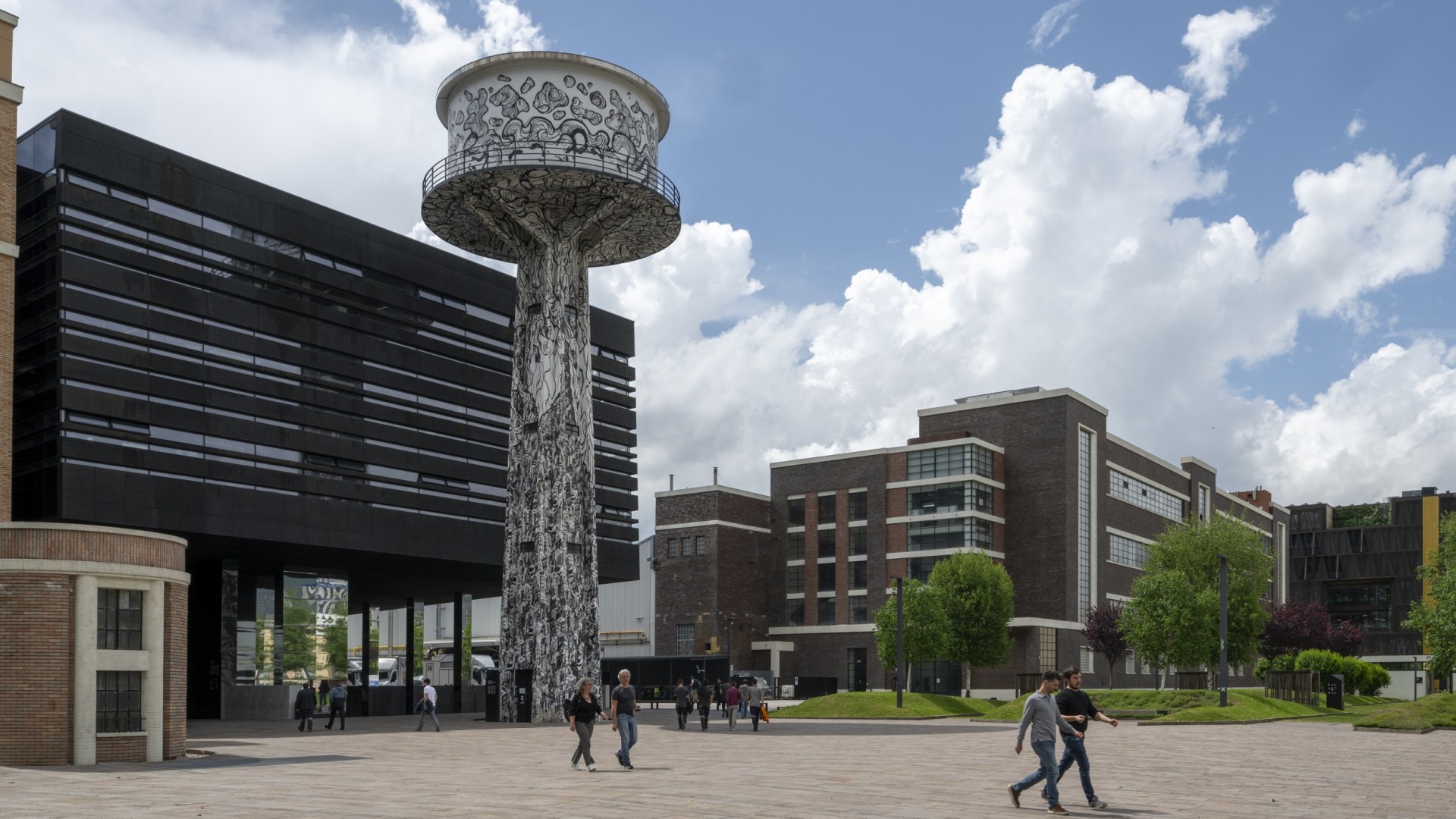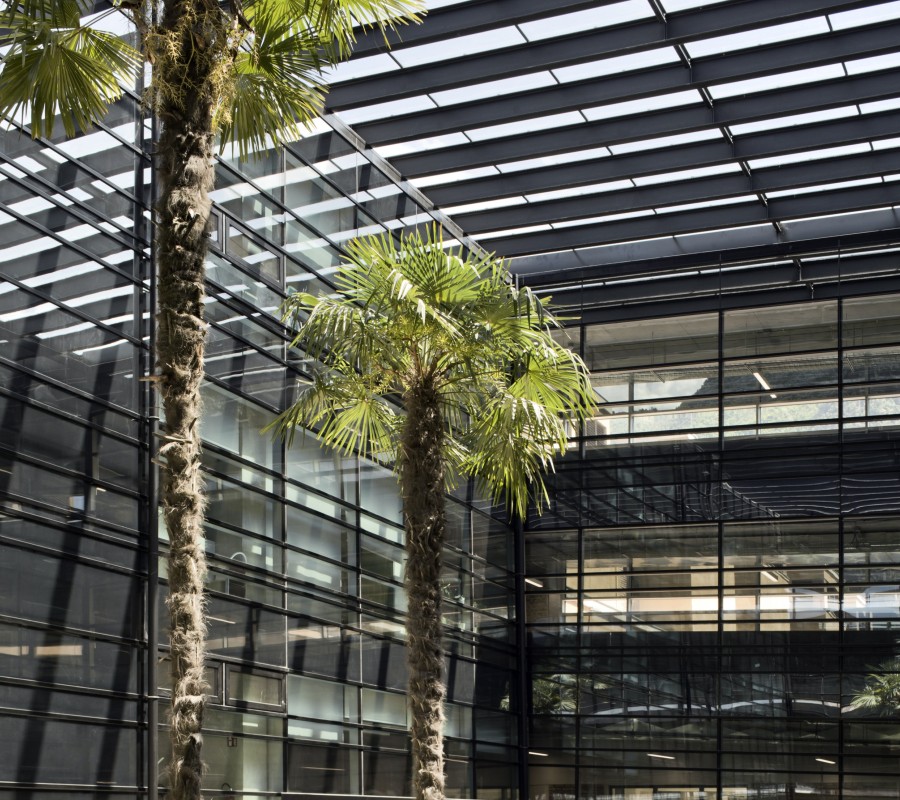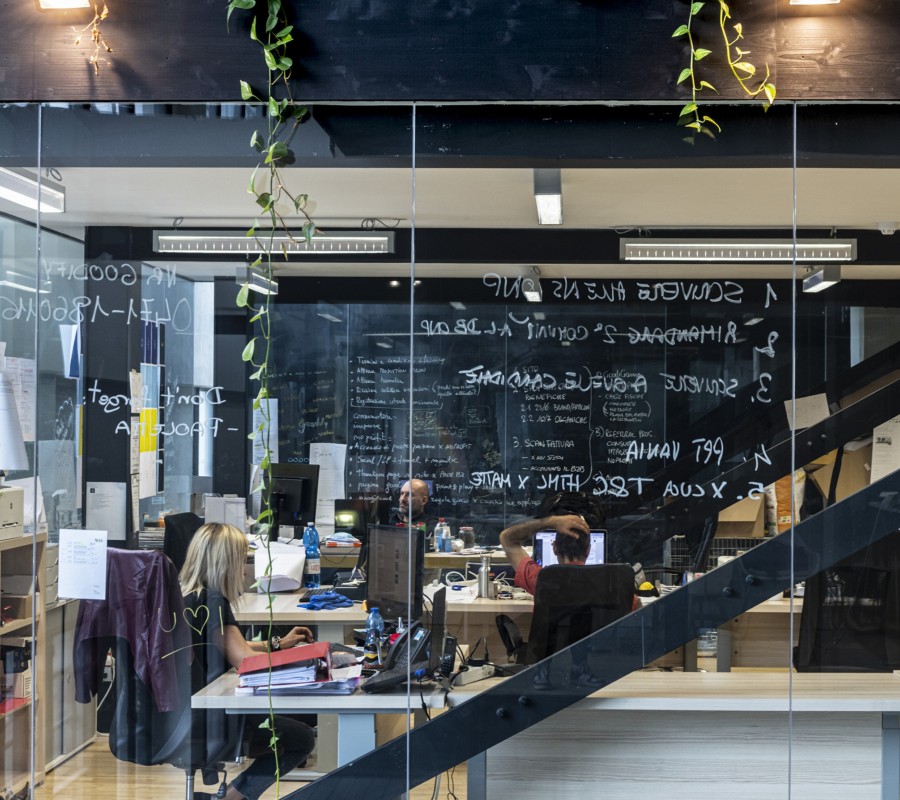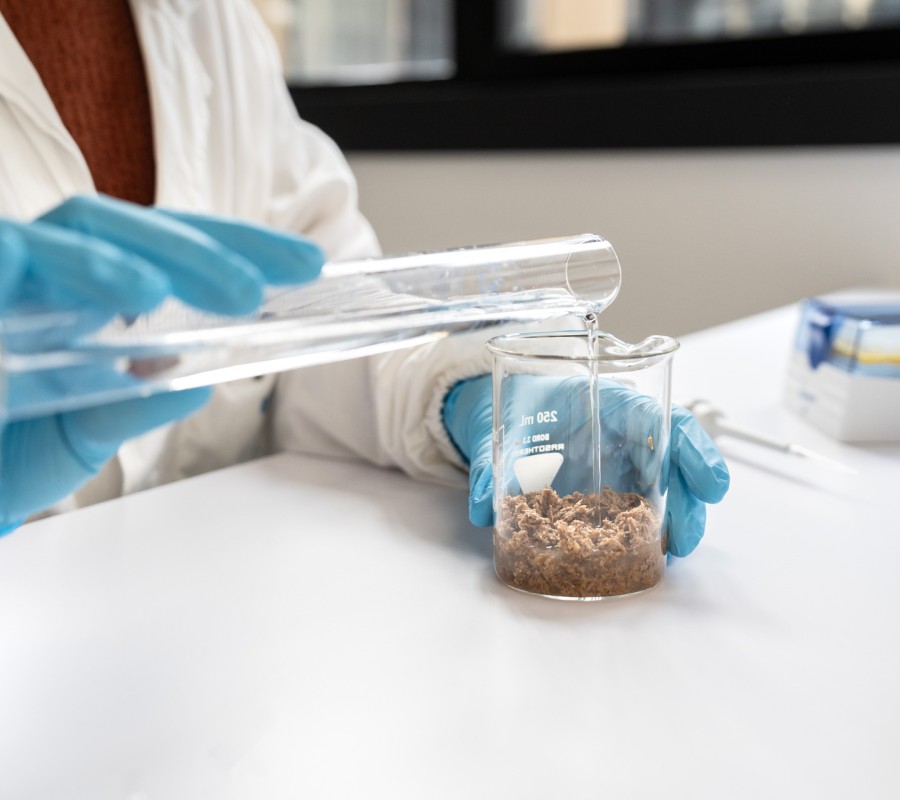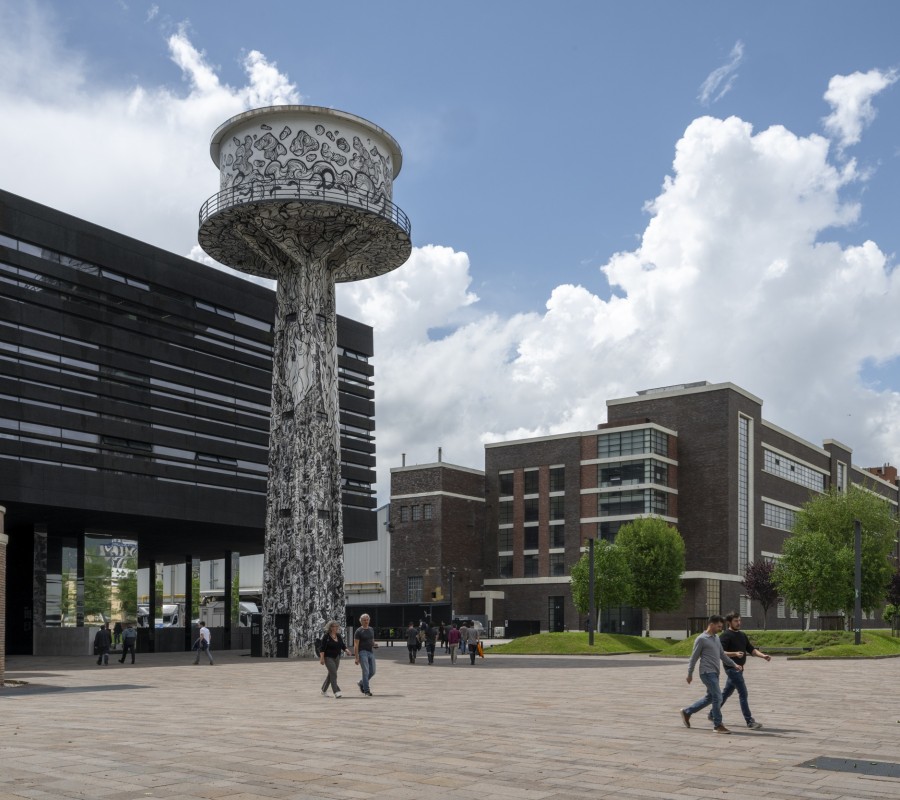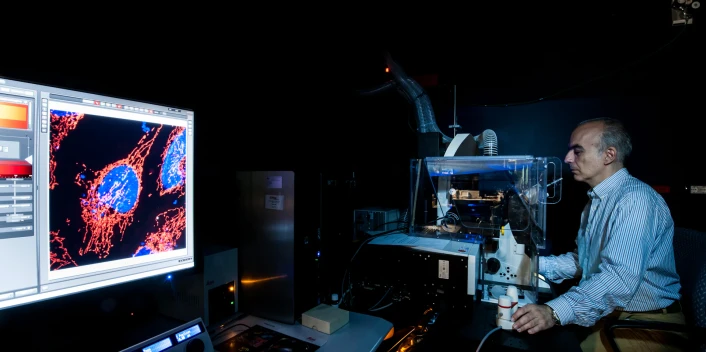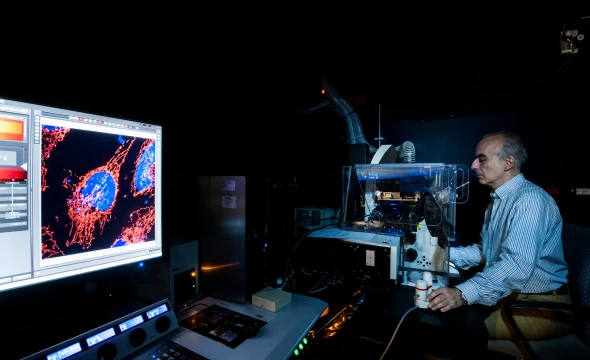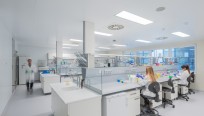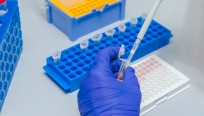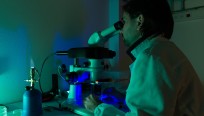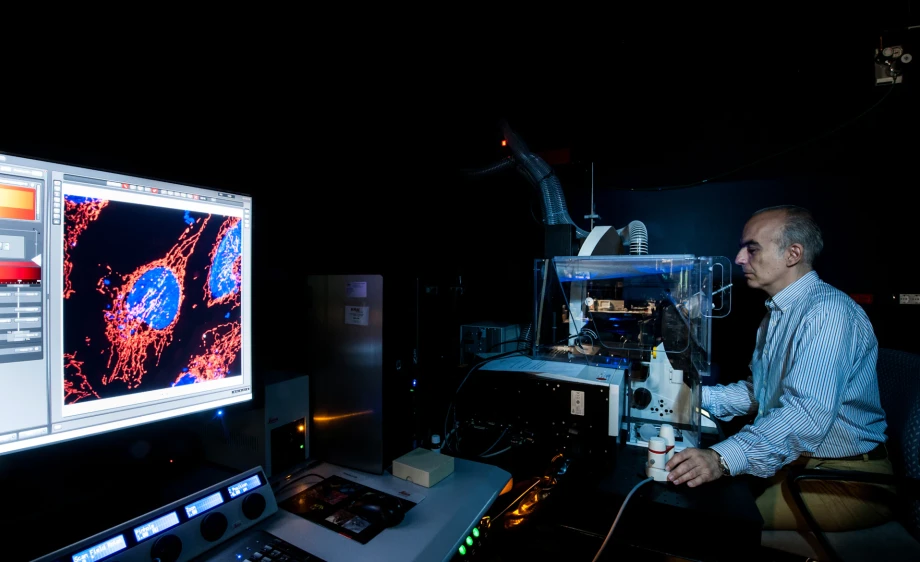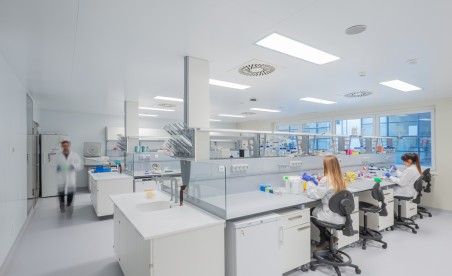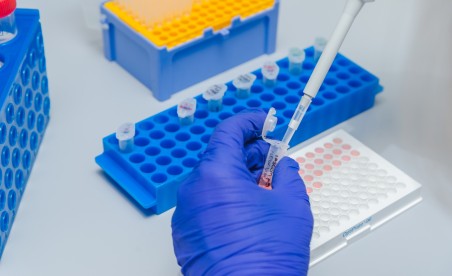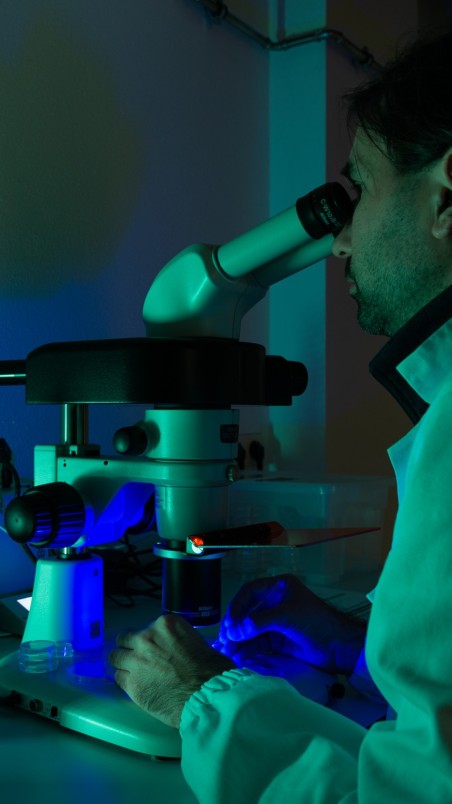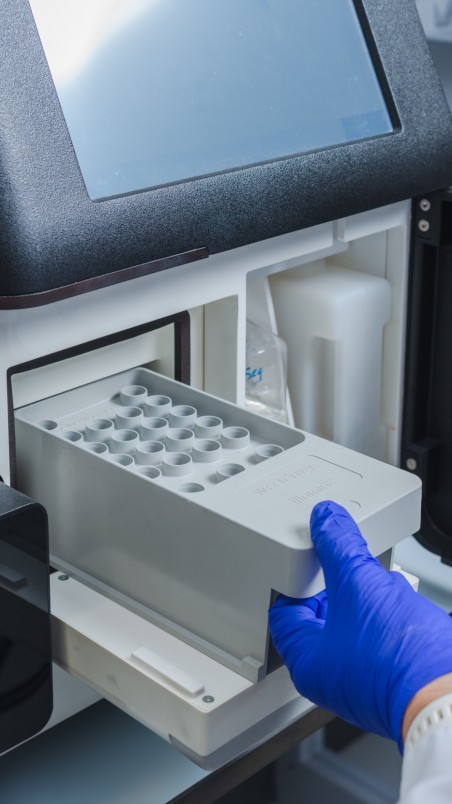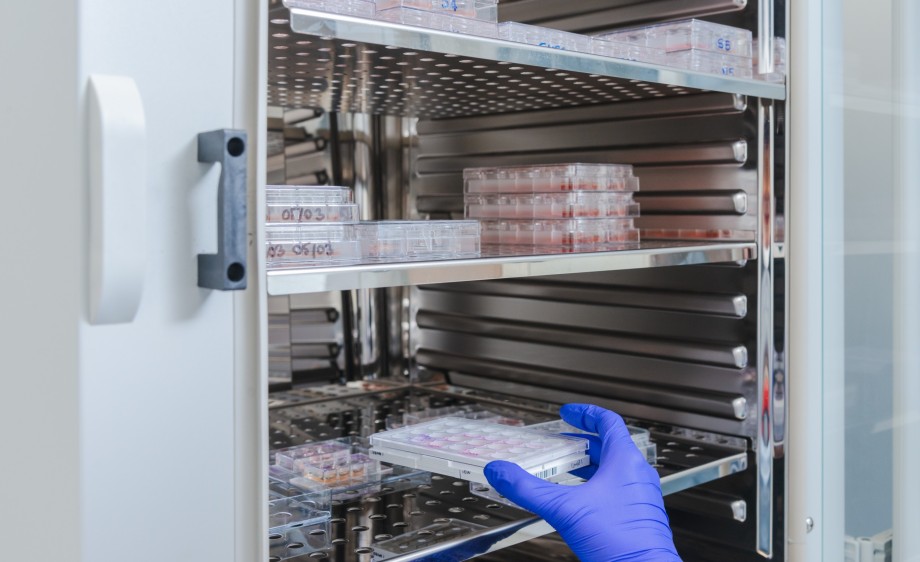Everything you need to know as a company
The buzzword? Personalised health.
Getting answers with molecular and cell biology: What keeps us healthy? What makes us sick?
From the clinic to the laboratory and back to the patient. That is how our research is conducted. We investigate how genetic predisposition, personal environment and lifestyle affect people’s health and how diseases arise and develop as a result.
Making progress: biomedicine is the foundation of personalised medicine.
Biomedicine is at the heart of modern healthcare. It is considered the foundation of personalised medicine. More specifically, it combines medicine with molecular biology and the latest technologies. Our transdisciplinary research teams investigate the causes of diseases – to achieve targeted treatments and effective disease prevention.
Technology makes it possible: in vitro and in vivo experiments.
We routinely conduct molecular and cell biology experiments in our laboratory: on in vitro human cell models and in vivo C. elegans models. This involves genetic engineering, advanced 2D and 3D cell culture generation, electrophysiology, confocal microscopy and mass spectrometric measurements.
Go to website
